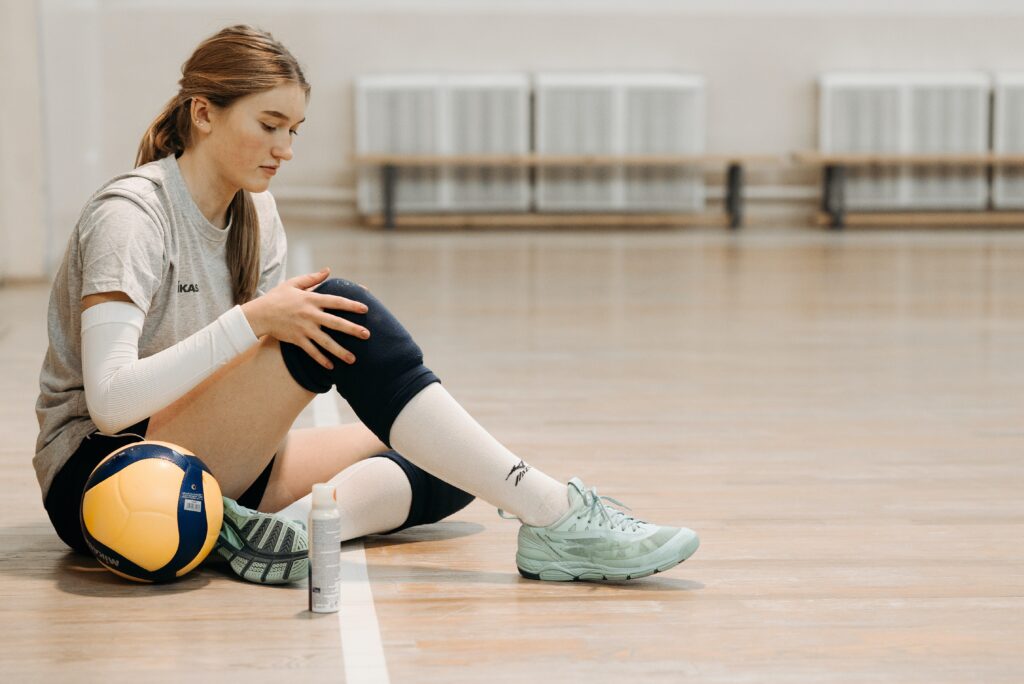Get Back to Your Best: The Road to Recovery from Knee Injuries with Physical Therapy
Introduction
Are you dealing with a knee sprain or strain? A knee injury can be incredibly painful and have long-term effects on your ability to move about freely. If you’re looking for relief, physical therapy may just be the answer! With the help of professional guidance and rehab exercises, you can get back to feeling like yourself again in no time. In this article we’ll discuss what to expect at physical therapy, what types of exercises you might do, how long recovery takes, how physical therapy prevents reinjury, and wrap up with a conclusion.
What to Expect at Physical Therapy
At physical therapy, your therapist assesses your range of motion, flexibility, strength, and muscle imbalances. They then create a personalized treatment plan that usually includes exercises to reduce pain, boost strength, and improve range of motion.
Your therapist also educates you on how to manage physical activity levels and prevent potential injury in the future. With individualized attention and guidance, physical therapy can help you get back to feeling your best.
What Types of Exercises Might You Do?
Your physical therapist will likely recommend different exercises for knee sprain or strain depending on your goals, as well as what you are comfortable with doing. A few examples include:
- Leg raises – This exercise strengthens the muscles around your knee joint like quads and hamstrings which helps support its stability.
- Quadriceps stretches – These stretches help reduce tightness and pain in the quadriceps muscle group that surrounds the knee joint.
- Gluteal bridges – This exercise strengthens the buttock muscles to improve stability in your lower body.
- Step-ups – Step-ups help improve balance, coordination, and leg strength around the knee joint.
How Long Does Recovery Take?
The length of time it takes to recover from a knee sprain or strain depends on the severity of the injury and how well you adhere to the physical therapy plan. Generally, most people feel better within 6 weeks if they are doing their exercises regularly and following instructions provided by their therapist. However, this time frame can vary depending on individual cases.
How Physical Therapy Prevents Reinjury
During your recovery, your physical therapist can guide you in preventing re-injury by providing recommendations on how to modify activities, gradually intensify workout routines, and monitor progress through rehabilitation. They can also personalize strengthening exercises specifically designed to enhance stability and strengthen the knee joint.
Conclusion
Physical therapy is an effective treatment option for many injuries including those related to the knee such as sprains or strains. It will not only help reduce pain but also improve function and prevent reinjury in the future. With a physical therapist’s guidance, you can develop a personalized plan that meets your individual goals so that you can get back to doing what you love as quickly and safely as possible!

